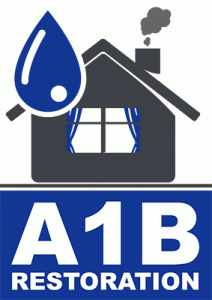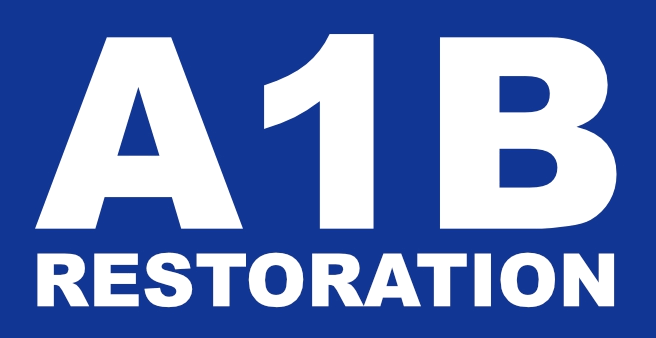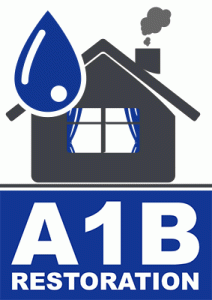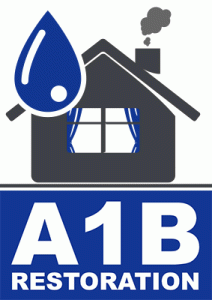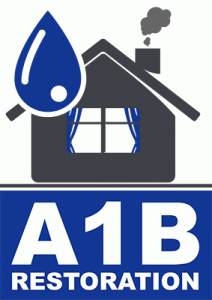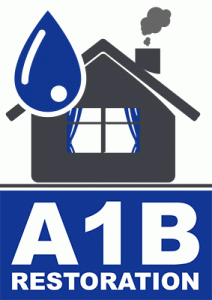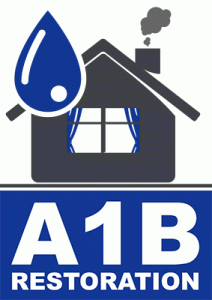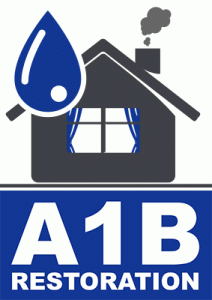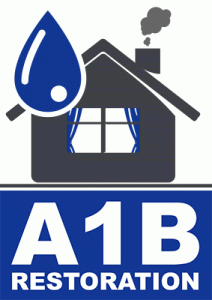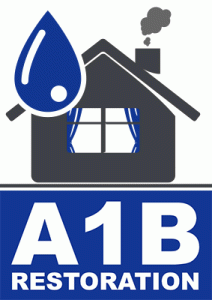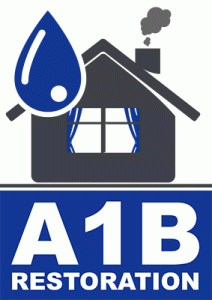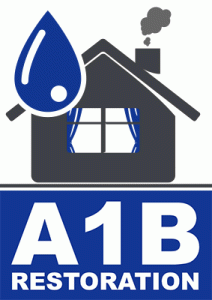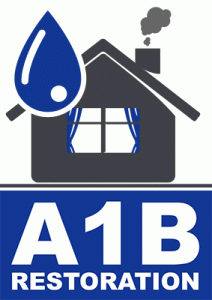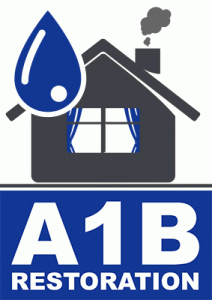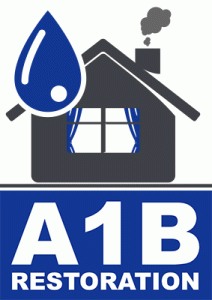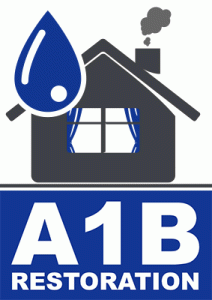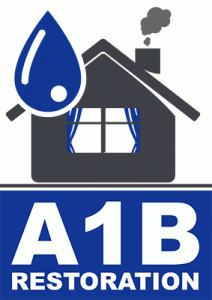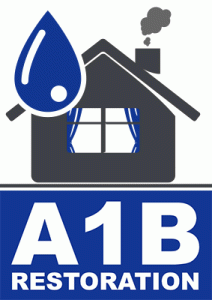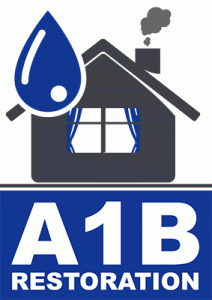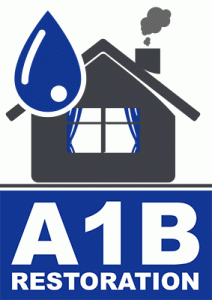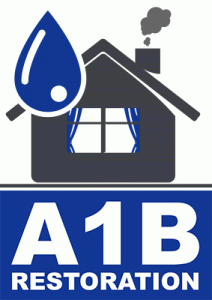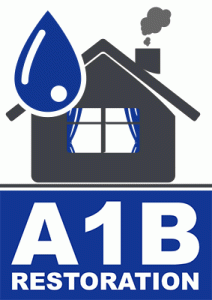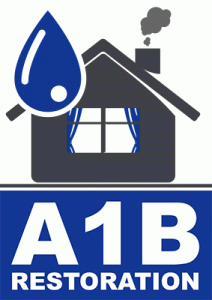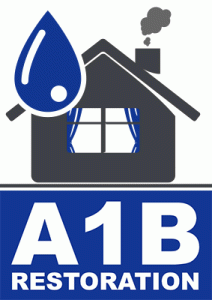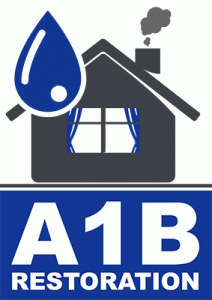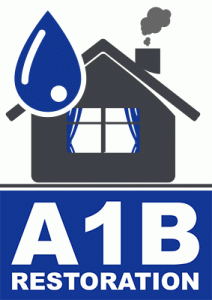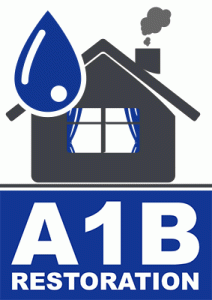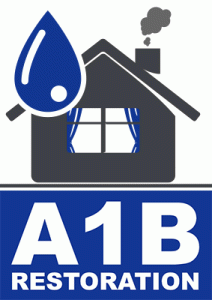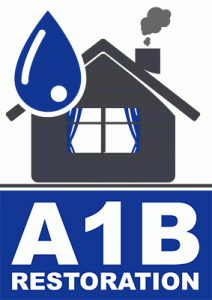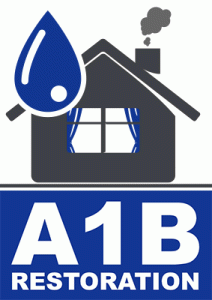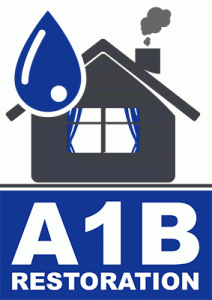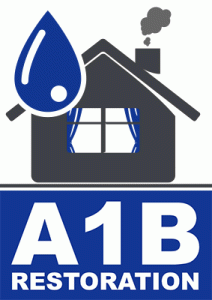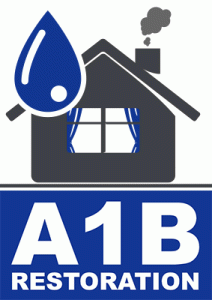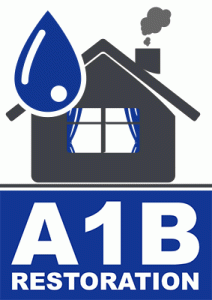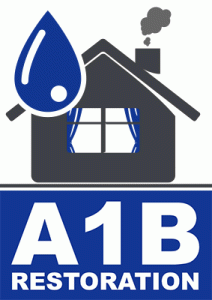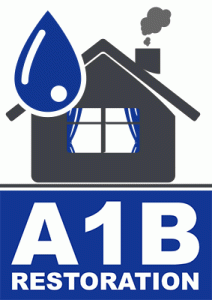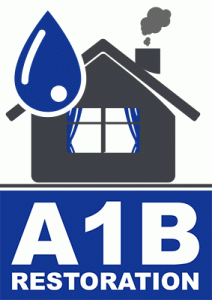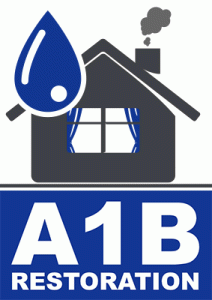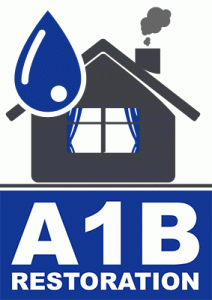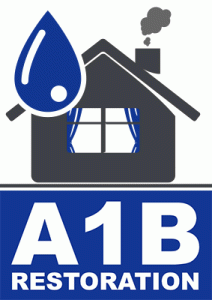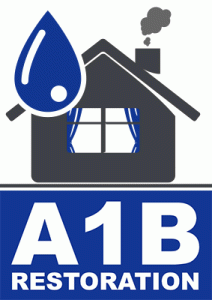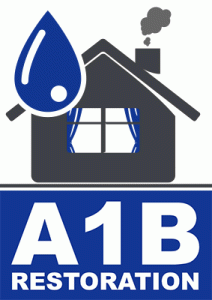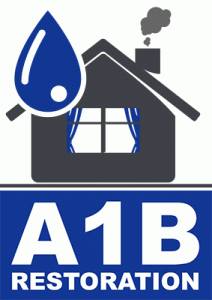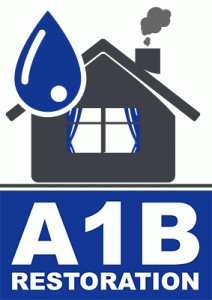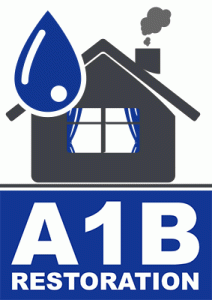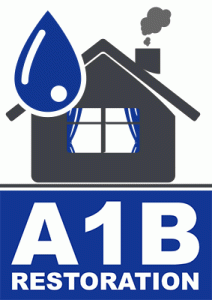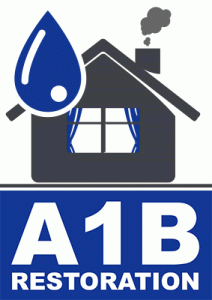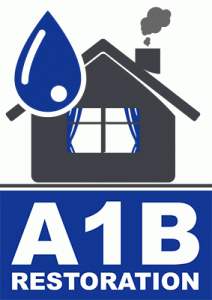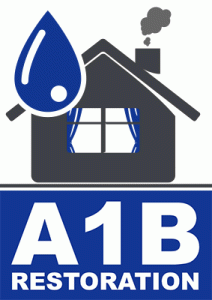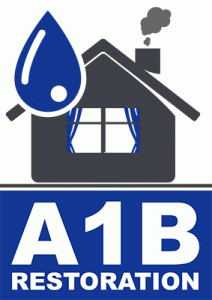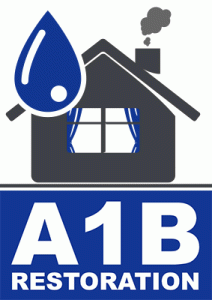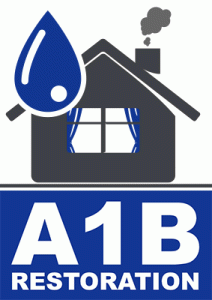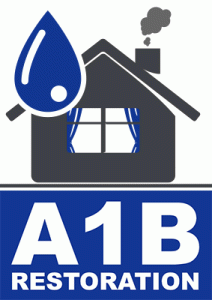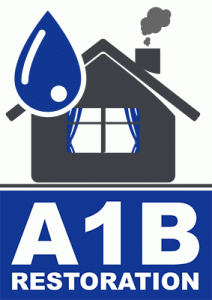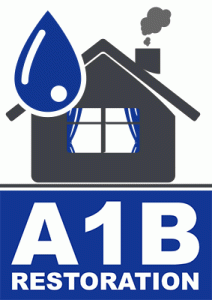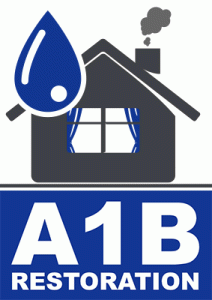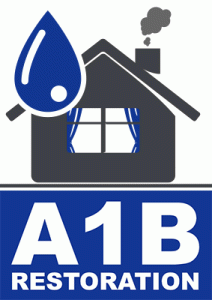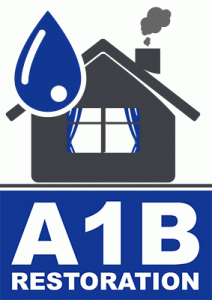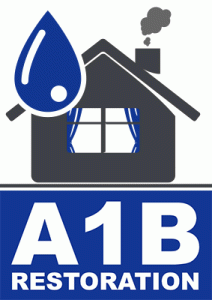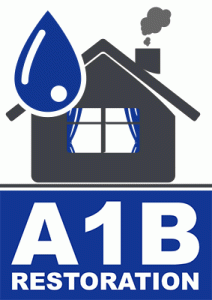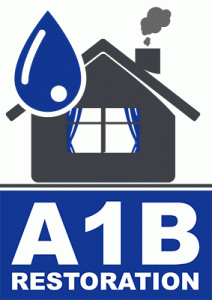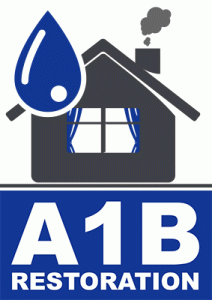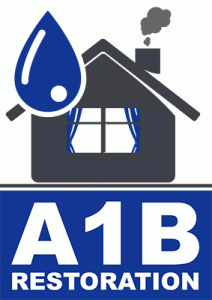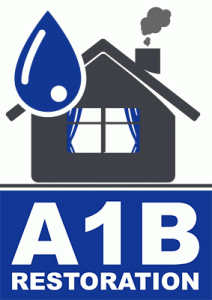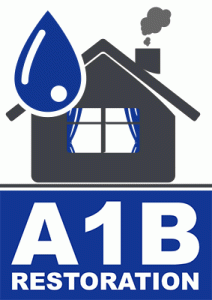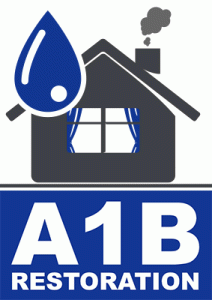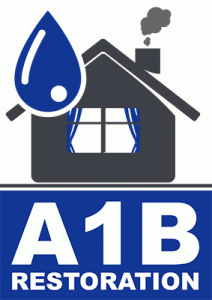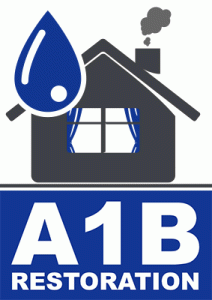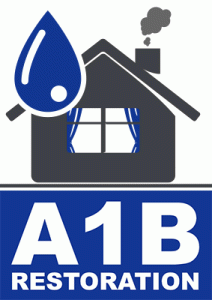How Water Damage Restoration Companies Handle Mold
Mold can be a silent intruder in your home, thriving in damp and hidden places. It not only damages your property but can also pose serious health risks. When faced with mold growth due to water damage, it’s crucial to understand how professional water damage restoration companies tackle the issue effectively. In this blog post, we will delve into the meticulous process adopted by these companies to restore your property to its original state and ensure a safe environment.
The Importance of Addressing Mold Promptly
Mold spores are ubiquitous, but they only become a problem when they land on wet surfaces and begin to grow. Within 24-48 hours of water exposure, mold can start to develop, making prompt action vital. According to the Environmental Protection Agency (EPA), indoor mold can cause a wide range of health issues, especially for those with allergies or respiratory conditions. Addressing mold promptly can help prevent structural damage to your property and safeguard your health.
Initial Inspection and Assessment
The first step in mold remediation is a thorough inspection. Restoration companies use advanced tools and techniques to assess the extent of water damage and mold growth. This often involves moisture meters, infrared cameras, and air sampling.
Identifying the Source of Moisture
Identifying the source of moisture is crucial. Whether it’s a leaky roof, burst pipe, or flooding, addressing the root cause is essential to prevent further mold growth. Restoration experts will locate and repair the source before proceeding with mold removal.
Containment to Prevent Spread
Once the assessment is complete, containment is the next step. Mold spores can easily become airborne and spread to other areas of your home. Restoration companies use physical barriers and negative air pressure to isolate the affected area, preventing cross-contamination.
Setting Up Containment Barriers
Containment barriers, such as plastic sheeting, are strategically placed to seal off the contaminated area. This process also involves setting up HEPA (High-Efficiency Particulate Air) filters to capture airborne spores during the cleanup process.
Safe Mold Removal and Disposal
After containment, the mold removal process begins. This is where professional expertise is crucial, as improper removal can exacerbate the problem.
Using Specialized Equipment
Restoration companies employ specialized equipment and techniques to safely remove mold. This includes the use of HEPA vacuums, wet wiping, and antimicrobial treatments to thoroughly clean and disinfect affected surfaces.
Proper Disposal of Contaminated Materials
Contaminated materials that cannot be salvaged, such as drywall and carpets, are carefully removed and disposed of according to local regulations. This ensures that mold spores do not re-enter your home.
Drying and Dehumidification
Drying the affected area is a critical step in mold remediation. Mold thrives in moisture, so eliminating excess water is essential.
Industrial-Grade Equipment
Restoration companies use industrial-grade dehumidifiers and air movers to thoroughly dry the area. This not only removes existing moisture but also lowers humidity levels to inhibit future mold growth.
Restoration and Repair
Once the mold has been removed and the area dried, restoration companies focus on repairing and restoring your property. This may involve replacing drywall, flooring, or other structural elements that were damaged by mold.
Ensuring Structural Integrity
Restoration professionals will ensure that all repairs meet building codes and that your home is structurally sound. This step is crucial for maintaining the value and safety of your property.
Preventive Measures and Final Inspection
Prevention is key to avoiding future mold issues. Restoration companies will advise on measures to keep your home moisture-free.
Implementing Preventive Strategies
These strategies may include improving ventilation, installing moisture barriers, and using dehumidifiers. Additionally, companies often provide guidance on regular maintenance and inspections to catch potential problems early.
Conducting a Final Inspection
A final inspection ensures that all mold has been eradicated and that remediation efforts have been successful. This step provides peace of mind and confirms that your home is safe and healthy.
Conclusion
Handling mold growth due to water damage requires expertise and precision. Water damage restoration companies are equipped with the knowledge, tools, and techniques to effectively manage mold remediation. By addressing the issue promptly and following a comprehensive process, these professionals ensure that your home is restored to a safe and habitable condition. Remember, the key to preventing mold is maintaining a dry environment and addressing any water issues immediately. If you suspect mold in your home, don’t hesitate to contact a professional restoration company to assess and remediate the situation.
For more information on water damage restoration and mold remediation, visit EPA’s Mold Website or IICRC for standards and certifications in restoration services.
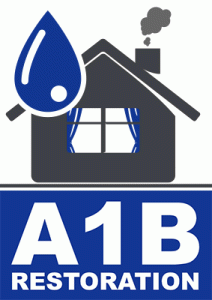
water damage restoration services near me Addison Texas
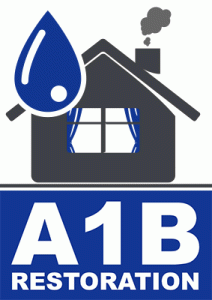
Mesquite Texas restoration water damage companies
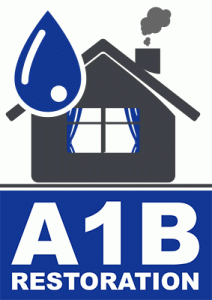
Lake Highlands Dallas TX water damage restoration companies near me

Preston Hollow Dallas Texas water extraction company near me
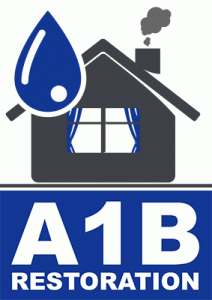
water damage restoration services near me Parker Texas
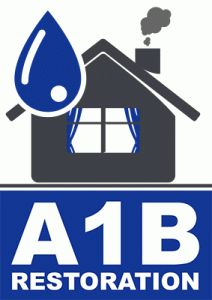
water damage restoration service North Richland Hills Texas
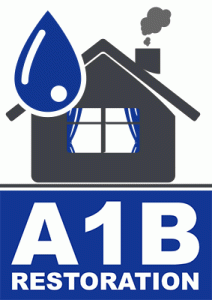
water damage and restoration companies Arlington Texas

water damage clean up near me Preston Hollow Dallas Texas

Lakewood Dallas Texas disaster restoration companies
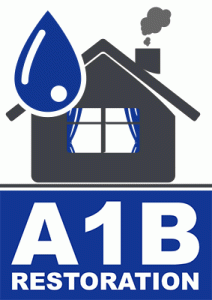
Preston Hollow Dallas Texas water damage restoration near me
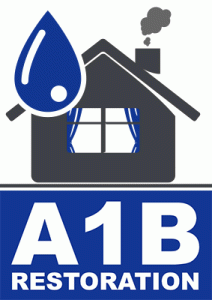
North Richland Hills Texas disaster restoration companies
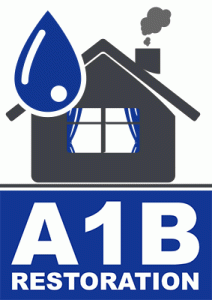
Duncanville Texas water damage restoration near me

Lake Highlands Dallas Texas water cleanup company

Little Elm Texas water extraction company near me

Haltom City Texas water extraction company near me
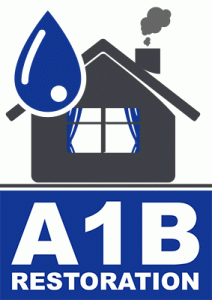
Lucas Texas water damage restoration service near me

Lake Highlands Dallas Texas water cleanup service near me
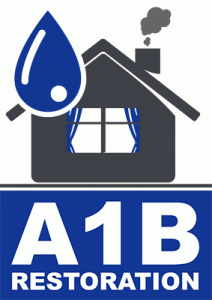
Sunnyvale Texas restoration water damage companies

Grand Prairie Texas water damage restoration near me
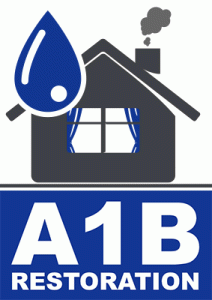
Frisco TX water damage restoration companies near me
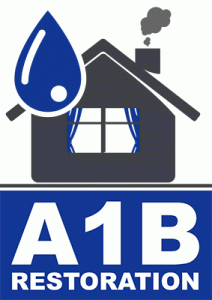
Parker TX water damage restoration companies near me

Cedar Hill TX water damage restoration companies
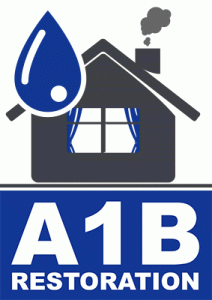
Keller TX water damage restoration companies near me
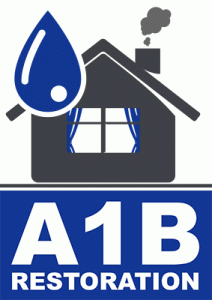
Little Elm TX water damage restoration companies

Southlake TX water damage restoration companies near me
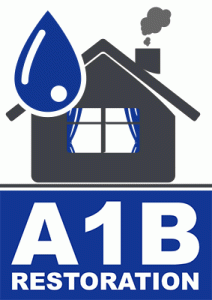
emergency water damage restoration Royse City Texas

best water damage restoration near me Murphy Texas

best water damage restoration near me Colleyville Texas
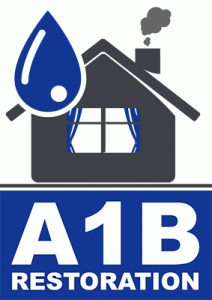
water damage clean up near me Lake Highlands Dallas Texas
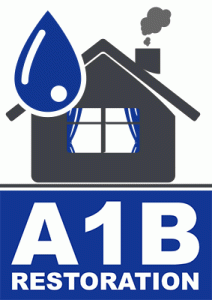
water damage restoration services near me Richardson Texas
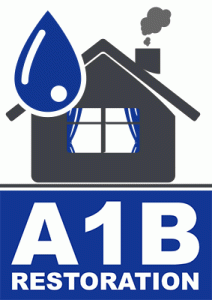
emergency water damage restoration McKinney Texas
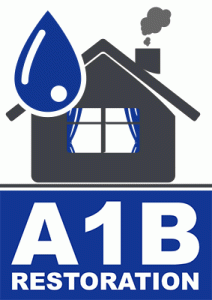
emergency water damage restoration Richardson Texas
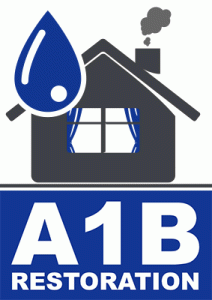
water damage and restoration companies Lavon Texas
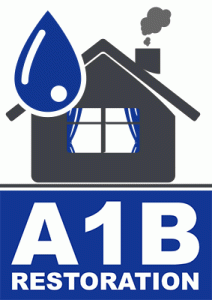
water damage restoration service Lake Dallas Texas
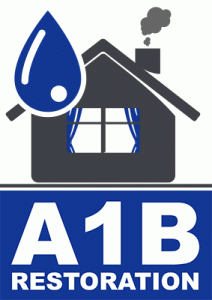
water damage restoration services near me Lavon Texas

water damage and restoration companies Rockwall Texas
